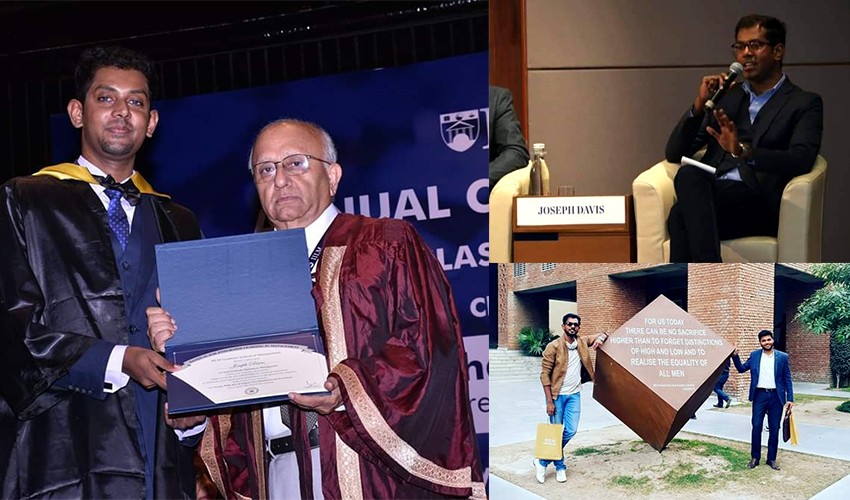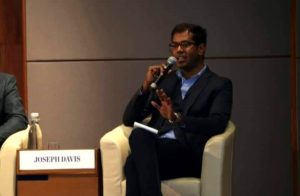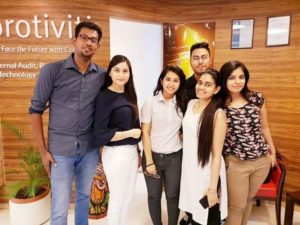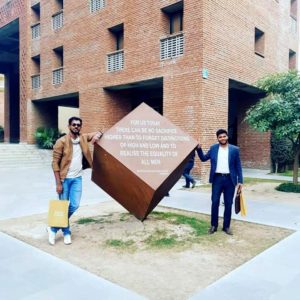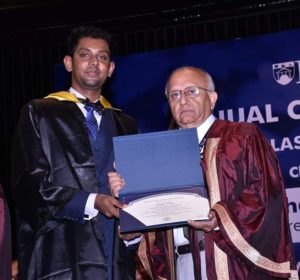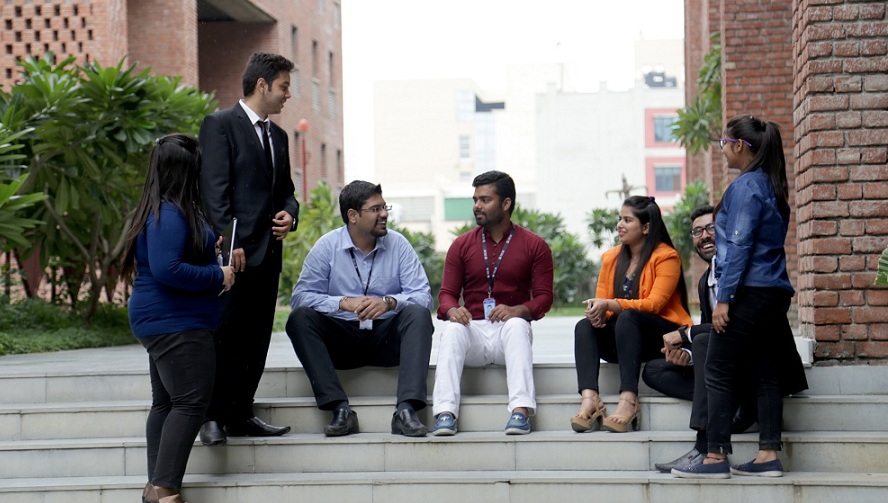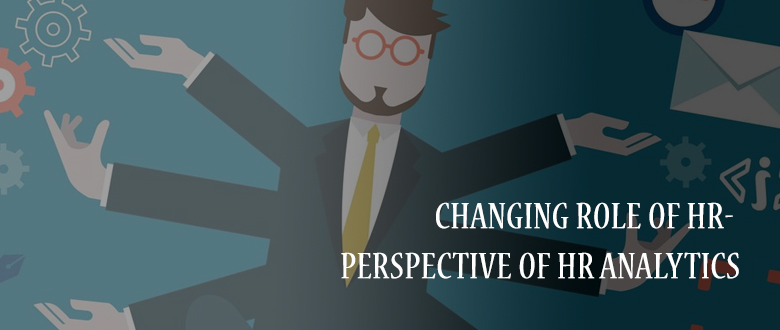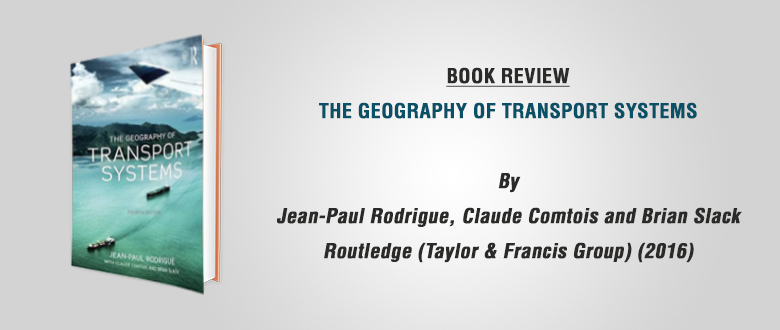In the era of COVID-19 when WHO has declared it as a pandemic. India is under the lockdown for more than sixty days like all other nations in the world. All the economic activities were shuttered down till lockdown 3.0. The future outlook for the Indian economy is not pleasant. Analysts are expecting negative growth for Financial Year 2021. Almost all medium and small-scale businesses are in crisis. Most of them have shut their shops and laid off their employees. Big business houses have announced a salary cut for their employees. For April, the Auto industry first time have observed zero production output. The unemployment rate is at an all-time high. Scores of migrant laborers have moved back to their native places.
In this gloomy scenario across the nation stock market is dancing like anything. Though, it is not at the record height as it was during February but it is not that bad either. Eventually, soon after the announcement of the lockdown market slumped to almost half but this state did not last long. At present, the market is hovering around the level of 2017 which under the present circumstances is quite amazing.
Barometer of Economy?
It is time to evaluate the phrase ‘SENSEX is the barometer of Indian Economy‘. Is it a barometer to gauge the economic activities anymore? The stock market is considered a leading indicator of the economy. It was believed that there is a high correlation exist between the stock market and economy but this correlation does persist?
Fool’s Paradise!
Though the stock market is not a true representative of the economy nowadays it seems like the market has divorced the economy especially to all whatever is happening around us; whatever is the reality of economic activities. The stock market is not showing any concern to the more than fifty-nine lacs corona positive cases around the world and more than forty-seven hundred deaths in India. Stock market and particularly investors are living in paradise.
Future Outlook
There are various explanations for this insane behavior of stock investors. First and foremost, the explanation is that stock prices are always based on the future outlook, not the present. Present stock prices are the discounted cash flows expected from stock in the future. So, the present stock prices reflect that investors believe that economy will have a speedy recovery shortly.
Expectations from Government
Investor’s expectation of a substantially large stimulus package from the government went in vain. Investors have a strong feeling that the government will be able to overcome all difficulties in the economic front. The historic decision of reducing the corporate tax rates and conceptualizing the idea of ‘Atmanirbhar Bharat’ is giving hope to the investors.
The central government, as well as Reserve Bank, has already taken measures in terms of various fiscal and monetary policies to infuse the liquidity in the system. The financial year which generally ends on March 31 has been extended till June 30 exhibits commitment of government toward economic measures. Investors are betting on such strong interventions of government to boost the profitability of corporate houses in the future. The first year of NDA 2.0 is rated positively by various analysts which is enough to boost the confidence of investors.
Investment Options
Even more, now investors have not left with more options to invest as the prevailing interest rate on government bonds and all small saving schemes have been reduced. If we adjust the returns from these schemes with inflation, we will get negative returns for almost all investment products. So, the stock market is the only option left for investors to park their excess money with.
Optimism for Vaccine
Stock investors are at present feeling more optimistic about the future than the doctors and scientists who are working on the development of a cure for the Corona virus. Investors are expecting that soon enough a vaccine for the same will be discovered on which the whole world is working.
Black-box Theory
Another theory argues that all investors are operating as a black-box process. No one knows about the future of investments or till when this pandemic end and the road to normality be back. It is just the mere expectations which are leading the market at present. Investors are also active because they fear being left behind. New investors are considering this time as an opportunity to enter into the market at this level which may not come around again.
Parallel with Lehman Crisis
If we draw a parallel between the current crisis with the financial crisis of 2009, we get a hint from there also about this euphoria in the market. In November 2009 when the future of economies was pathetic even then the stock market across the world was mostly up by more than 50 percent from the past year while the economies were only growing by 1 percent for that particular one-year period. People were investing based on their expectations not based on ground reality. So, again history is repeating itself in the market.
Advice for Novice Investors
It can be inferred that expectation of the majority is driving the market than reality. Investors are not acting insane rather they have optimist future outlook. For investors, market timing is really important. For a novice investor, it is time to get into the market with a long horizon. If you have missed the wagon in 2017 then prices are again around that level. ‘Buy with caution’ is the mantra for success.
At IILM, students are being prepared to analyse the economic situation and to identify the trend for investments to be successful. We conduct live trading sessions for better understanding of the same. For more information on stock market one can approach at kumar.saurabh@iilmgsm.ac.in.




